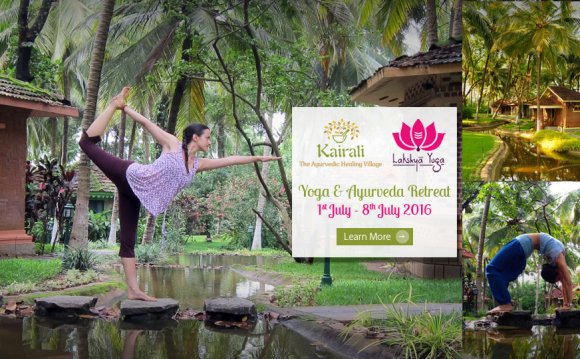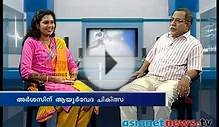
Ayurvedic medicine is the traditional medicine that has been practiced in India for thousands of years, and utilizes massage and lifestyle modification to restore balance of body, mind, and spirt in order to treat illness. In the U.S., it is considered a type of complementary and alternative medicine. Ayurvedic practitioners do not need formal training and certification to work in their field, but employers and clients frequently expect it. The National Ayurvedic Medical Association (NAMA) provides a list of programs that meet the 500-hour practitioner NAMA requirements. Training for formal certification takes about one year and, for licensure, an additional year.
| Required Education | Formal training not required, but 1-2 years of training recommended |
| Licensure & Certification | Certification available following completion of CAE (Certified Ayurvedic Educator) program
Licensure available following completion of CAE and CAP (Certified Ayurvedic Practitioner) programs |
| Projected Job Growth (2012-2022) | 8% for all other health diagnosing and treating practitioners* |
| Median Salary (2014) | $73, 400 for all other health diagnosing and treating practitioners* |
Source: *U.S. Bureau of Labor Statistics
Job Description of an Ayurvedic Practitioner
An ayurvedic practitioner uses holistic techniques from India to help patients maintain a healthy life, eliminate impurities, reduce stress, and fight disease. Through observation techniques that focus on the interconnectedness between body, mind, and spirit, practitioners assess the entire well-being of the patient. Ayurvedic practitioners assess dietary habits, lifestyle choices, and mental states.
Once the cause of imbalance is analyzed, the practitioner draws from numerous treatments to find the best remedy. Each diagnosis is tailored to the individual and treatment can range from diet and lifestyle advice, massages, yoga, and meditation to herbal supplements, counseling, or specialized therapies. Practitioners may be self-employed, as well as work in a practice, wellness center, or hospital.
Education Requirements of an Ayurvedic Practitioner
There are no standard requirements in the U.S. to become an ayurvedic practitioner; however, formal training and certification is highly recommended by most employers. The education requirements for certification depend on what area of specialty is chosen including massage, herbal skincare and nutrition. The National Ayurvedic Medical Association (NAMA) provides a list of programs that meet the 500-hour practitioner NAMA requirements (recognized in the U.S. as the highest level of practitioner training), as well as other programs and seminars.
Many of the programs that meet the 500-hour practitioner requirements offer certification to become a Certified Ayurvedic Educator (CAE) or a Certified Ayurvedic Practitioner (CAP). CAE certification programs are often one-year programs that focus on teaching the basics of ayurveda and prepare the student to teach ayurvedic fundamentals. Some students may stop after they complete the CAE program, but if interested in becoming a licensed practitioner one must also complete the CAP program.
The CAP certification program is an additional year of study and includes an internship, which is 650 hours. Once certified, the practitioner is then ready to open a private practice or pursue employment opportunities within holistic centers. Often those certified as ayurvedic practitioners will go on to pursue a bachelor's, master's, or doctorate degree in alternative medicine and surgery.
Salary Info and Career Outlook
Although the U.S. Bureau of Labor Statistics (BLS) does not report data specific to ayurvedic practitioners, it does categorize such holistic health providers among specialized types of health diagnosing and treating practitioners who do not fall into the more common categories. It was reported by the BLS in May 2014 that these practitioners earned a median annual salary of $73, 400, although salaries vary greatly by specialty, location, education, and experience. Employment among health diagnosing and treating practitioners is projected to grow by about 8% between 2012 and 2022, per the BLS.
RELATED VIDEO












